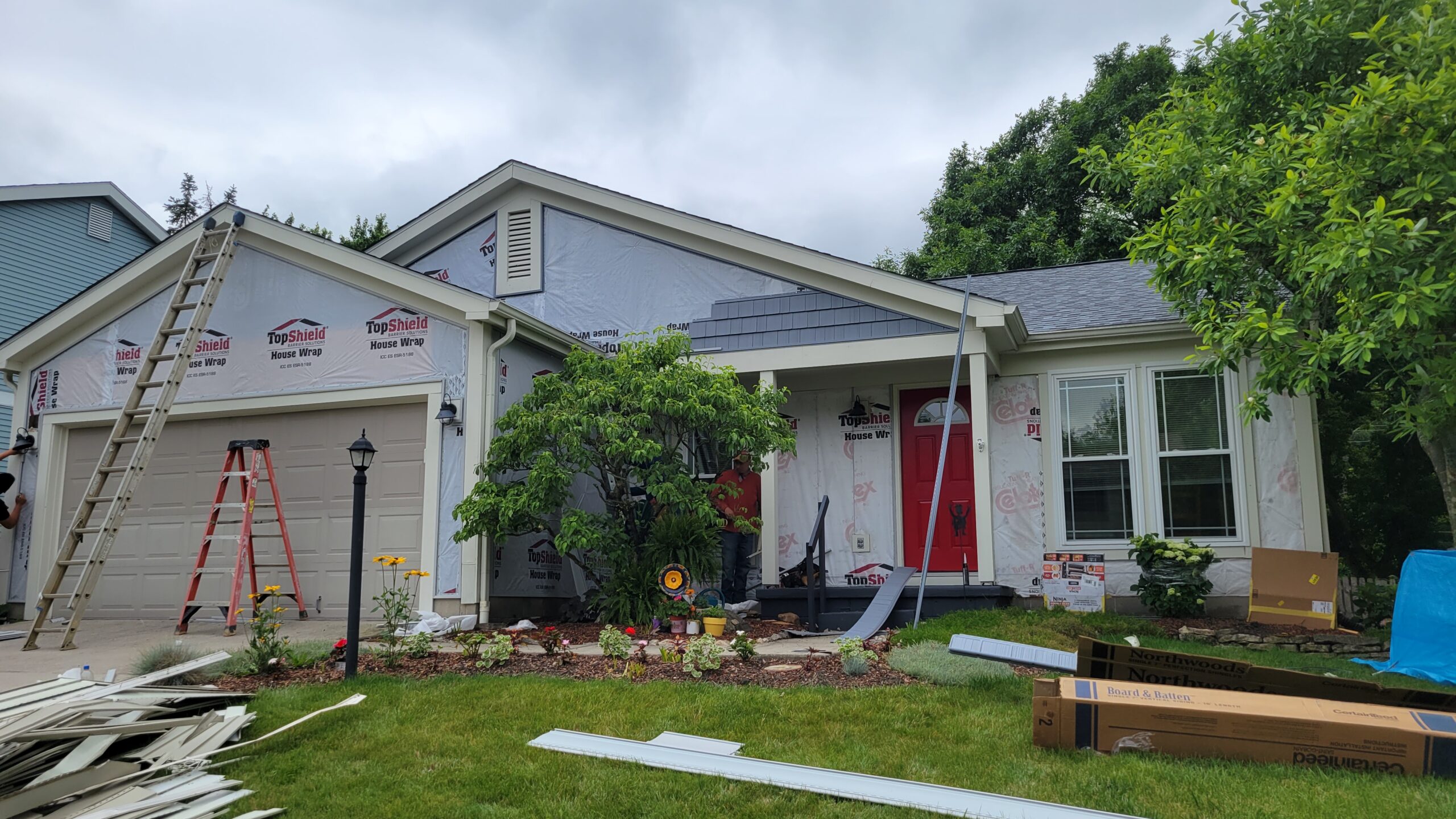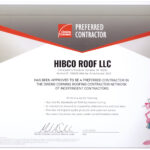Do you need to replace your vinyl siding?
Determining whether you need to replace your vinyl siding involves assessing its overall condition and identifying signs of damage or deterioration. Here are some indicators that it might be time to consider replacing your vinyl siding:
- Cracks or Holes:
- Inspect the surface of the vinyl siding for visible cracks, holes, or punctures. These can allow moisture to penetrate, leading to further damage and potential issues behind the siding.
- Fading or Discoloration:
- Over time, exposure to the sun’s UV rays can cause vinyl siding to fade or become discolored. If the color has significantly changed and the siding looks worn, it may be time for replacement.
- Warping or Buckling:
- Warped or buckled siding may be a sign of underlying issues, such as water damage or poor installation. If the siding is no longer flat against the wall, it may be compromised.
- Loose or Missing Panels:
- Check for loose or missing vinyl siding panels. If panels are consistently coming loose or if you’ve lost a significant number of panels, it may be a sign that the siding is reaching the end of its lifespan.
- Mold or Mildew Growth:
- The presence of mold or mildew on the siding may indicate moisture retention. If cleaning doesn’t resolve the issue, it could be a sign of a more significant problem, and replacing the siding may be necessary.
- Crumbling or Brittle Texture:
- Gently press on the siding with your thumb. If it feels brittle, crumbles, or breaks easily, it has likely aged and lost its structural integrity.
- Increased Energy Bills:
- If you notice a sudden increase in your energy bills, it could be due to deteriorating insulation behind the siding. Damaged siding may allow air leaks, reducing the energy efficiency of your home.
- Visible Damage from Weather Events:
- Inspect your siding after severe weather events, such as hailstorms or strong winds. Hail damage may appear as dents or pockmarks, while wind damage could cause panels to loosen or lift.
- Rot or Decay:
- Examine areas where the siding meets the roofline or the foundation for signs of rot or decay. Moisture intrusion or underlying structural issues can lead to deterioration.
- Outdated Appearance:
- If your vinyl siding has an outdated appearance or you’re looking to update the curb appeal of your home, replacing the siding can offer a fresh and modern look.
If you observe multiple signs of damage or aging, it’s advisable to consult with a professional siding contractor. They can provide a thorough inspection, assess the condition of your siding, and recommend whether repair or replacement is the best course of action. Regular maintenance and prompt addressing of issues can help extend the lifespan of your vinyl siding






